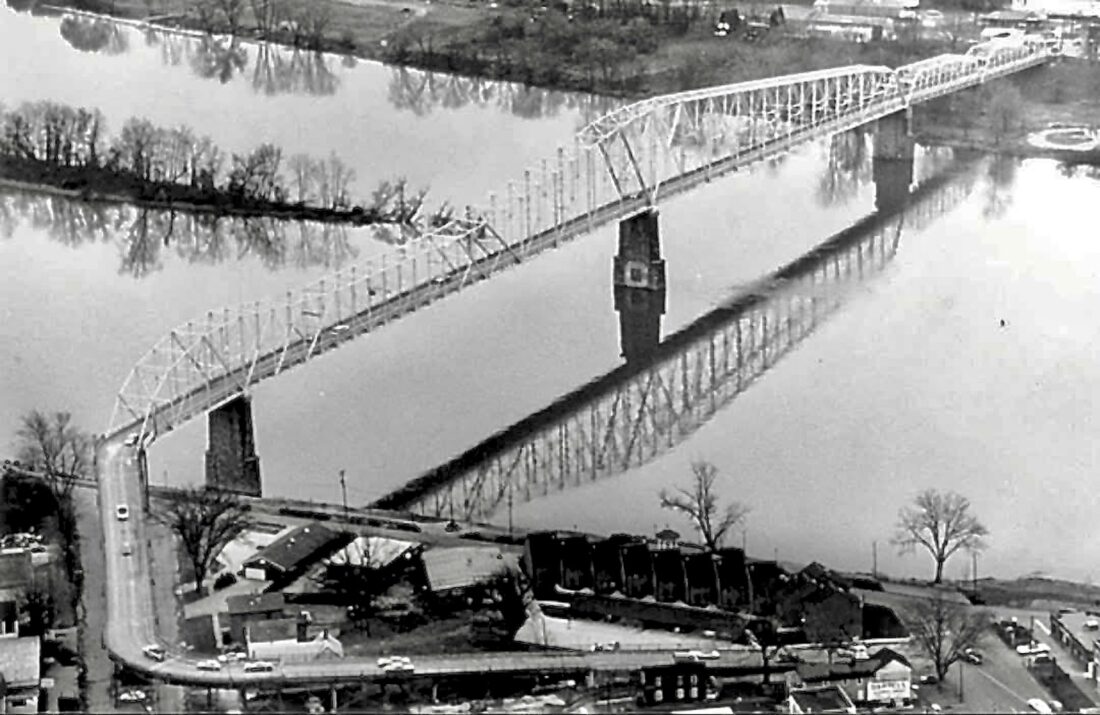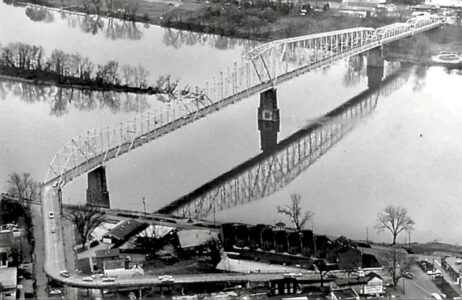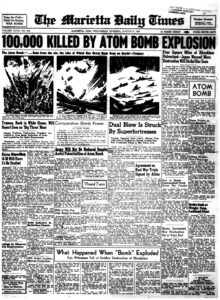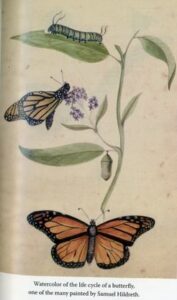Water, water everywhere, nor any drop to drink
- (Photo courtesy Williamstown Historical Society) This bridge carried horses, trolleys, vehicles, – and water from Marietta to Williamstown.

(Photo courtesy Williamstown Historical Society) This bridge carried horses, trolleys, vehicles, - and water from Marietta to Williamstown.
This is an oft-quoted line from Samuel Taylor Coleridge’s poem “The Rime of the Ancient Mariner.” A sailor is adrift at sea and runs out of drinking water. Though surrounded by water, he can’t drink it because it’s salt water. Williamstown WV faced a similar situation on December 3, 1921, when their water supply was shut off. Though millions of gallons of Ohio River water passed by, it was not purified and couldn’t be used. Water shut off? How could that happen to a municipal water system?
According to history book Fruitful Valley, Williamstown in the early 1900’s obtained water from several sources. Two public wells were still in use from the 1800s and there were several family and neighborhood wells. Many residents had cisterns which collected rainwater. Williamstown water was “the purest in the area;” a 1903 Parkersburg newspaper reported, attributing that to the deep wells and springs. Springs on Crystal Heights supplied water to Marietta’s Crystal Beverage Company in later years.
However, the primary source of Williamstown’s water in the early 1900s was from…Marietta which had upgraded its water system in 1891. Andrews’ History of Marietta and Washington County Ohio in 1902 noted with pride, “New (equipment has) been added… additional mains laid and the service extended until it covers…the city and its flourishing suburbs.” Williamstown became a “suburb” of Marietta, at least for water supply purposes. In 1902, water flowed through an underwater pipe. Later a two-inch pipe was installed along the walkway of the Williamstown Bridge which had opened in 1903.
Back to the water shut off. There had been a few minor disagreements on water bills in recent years. This time, the bill to the Williamstown Water, Light, and Power Company went unpaid for 8 months, amounting to $2,000 ($25,000 today). It’s not clear why – whether there was a dispute or lack of funds. An ultimatum was issued by Mr. Watson, Marietta’s Service Director, for 1:00 PM on December 3, 1921: No payment, no water.
Water was shut off at 1:00 PM. Schools closed. American Bisque which made toys and dolls was rushing to fill Christmas orders. They suspended operations. Fenton Glass had a water storage tank which kept them going. An informal bucket brigade was set up in case of fire.
Residents were angry at Marietta; a petition to boycott Marietta merchants circulated. 1,100 signed it. Meanwhile, people coped as best they could. Marietta Register-Leader on December 6, “Wells and cisterns…are at a premium and neighbors are getting together and sharing these. The spring water companies are making a rich harvest furnishing the people with drinking water.”
Williamstown sought relief through the WV Public Service Commission (WVPSC), hoping for some type of court action to restore the water. Oddly, WVSPC issued an order stating in part that the Williamstown Water, Light and Power Company was “hereby required to forthwith obtain an adequate supply of pure water for its patrons and consumers in Williamstown and vicinity.” The order seemed at odds with the situation since compliance, at least temporarily, was not possible with the water supply shut off. Negotiations with Marietta continued.
“Controversy Ended – Town Given Water,” so read the Register-Leader on December 9, 1921, “Williamstown is no longer a veritable Sahara (Desert)…” The Farmers and Mechanics National Bank (Williamstown Bank today) stepped up and guaranteed the water bill payment to Marietta. In the 1930s, the City of Williamstown expanded its water system with Depression-era WPA funds and in 1939 decided to drill its own wells for water supply.
The rancor against Marietta and the boycott of merchants? It faded, “water under the bridge,” so to speak.





